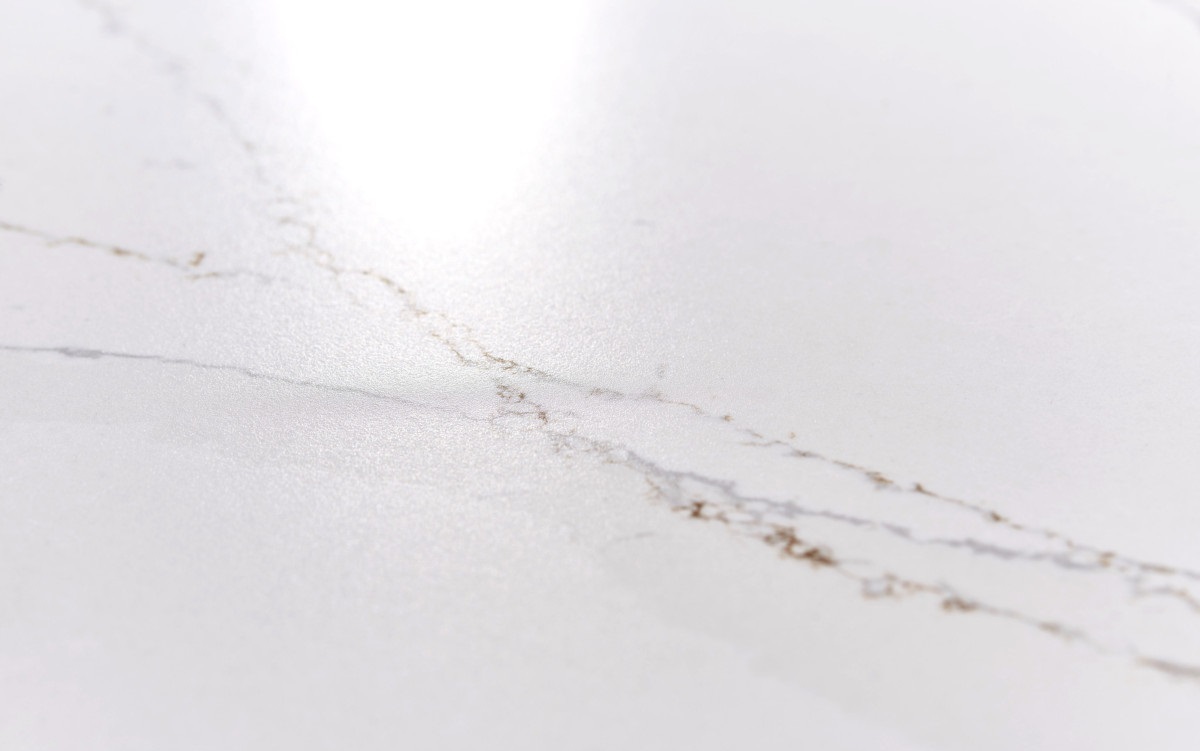

Stone Identification
Natural stone can be classified into two general categories according to its
composition: siliceous stone or calcareous stone. Knowing the difference is
critical when selecting cleaning products.
Siliceous stone is composed mainly of silica or quartz-like particles. It tends to be
very durable and relatively easy to clean with mild acidic cleaning solutions.
Types of siliceous stone include granite, slate, sandstone, quartzite, brownstone
and bluestone.
Calcareous stone is composed mainly of calcium carbonate. It is sensitive to
acidic cleaning products and frequently requires different cleaning procedures
than siliceous stone. Types of calcareous stone include marble, travertine,
limestone and onyx. What may work on siliceous stone may not be suitable on
calcareous surfaces.
How to Tell the Difference
A simple acid sensitivity test can be performed to determine whether a stone is
calcareous or siliceous. You will need about 4 oz. of a 10%solution of muriatic
acid and an eye-dropper. Or you can use household vinegar and an eyedropper.
Because this test may permanently etch the stone, select an out of the way area(a
corner or closet) and several inches away from the mortar joint. Apply a few
drops of the acid solution to the stone surface on an area about the size of a
quarter. If the stone is calcareous, the acid drops will begin to bubble or fizz
vigorously. If little or no reaction occurs, the stone can be considered siliceous.
Rinse the area thoroughly with clean water and wipe dry. This test may not be
effective if surface sealers or liquid polishes have been applied. If an old sealer is
present, chip a small piece of stone away and apply the acid solution to the
fractured surface. CAUTION: Muriatic acid is corrosive and is considered to be a
hazardous substance. Proper head and body protection is necessary when acid is
used.
Stone Finishes
A polished finish on the stone has a glossy surface that reflects light and
emphasizes the color and marking of the material. This type of finish is used on
walls, furniture tops and other items, as well as floor tiles.
A honed finish is a satin smooth surface with relatively little light reflection.
Generally, a honed finish is preferred for floors, stair treads, thresholds and other
locations where heavy traffic will wear off the polished finish. A honed finish
may also be used on furniture tops and other surfaces.
A flamed finish is a rough textured surface used frequently on granite floor tiles.
Stone Colors and Appearance
Granites and marbles are quarried throughout the world in a variety of colors with
varying mineral compositions. In most cases, marbles and granites can be
identified by visible particles at the surface of the stone. Marble will normally
show "veins" or high concentrations. The minerals in granite will typically appear
as small flecks distributed uniformly in the stone. Each type of stone is unique
and will vary in color, texture and marking.
Sandstones vary widely in color due to different minerals and clays found in the
stone. Sandstone is light gray to yellow or red. A dark reddish brown sandstone,
also called brownstone, has commonly been used in the northeastern United
States and eastern Canada.
Bluestone is a dense, hard, fine-grained sandstone of
greenish-gray or bluish-gray color and is quarried in the eastern United States.
Limestone is a widely used building stone with colors typically light gray, tan or
buff. A distinguishing characteristic of many limestones is the presence of fossils
that are frequently visible in the stone surface.
Slate is dark green, black, gray,
dark red or multi-colored. It is most commonly used as a flooring material and for
roof tiles and is often distinguished by its distinct cleft texture.
